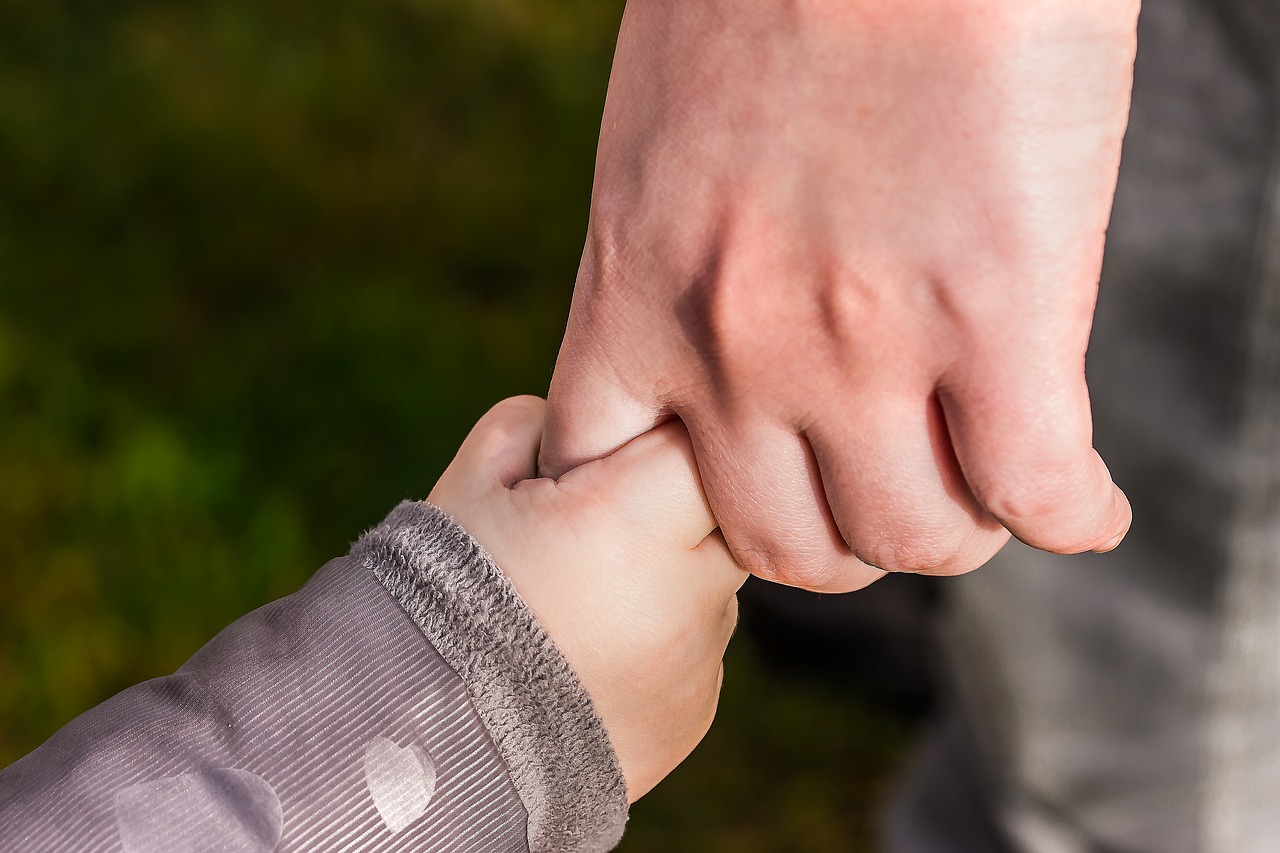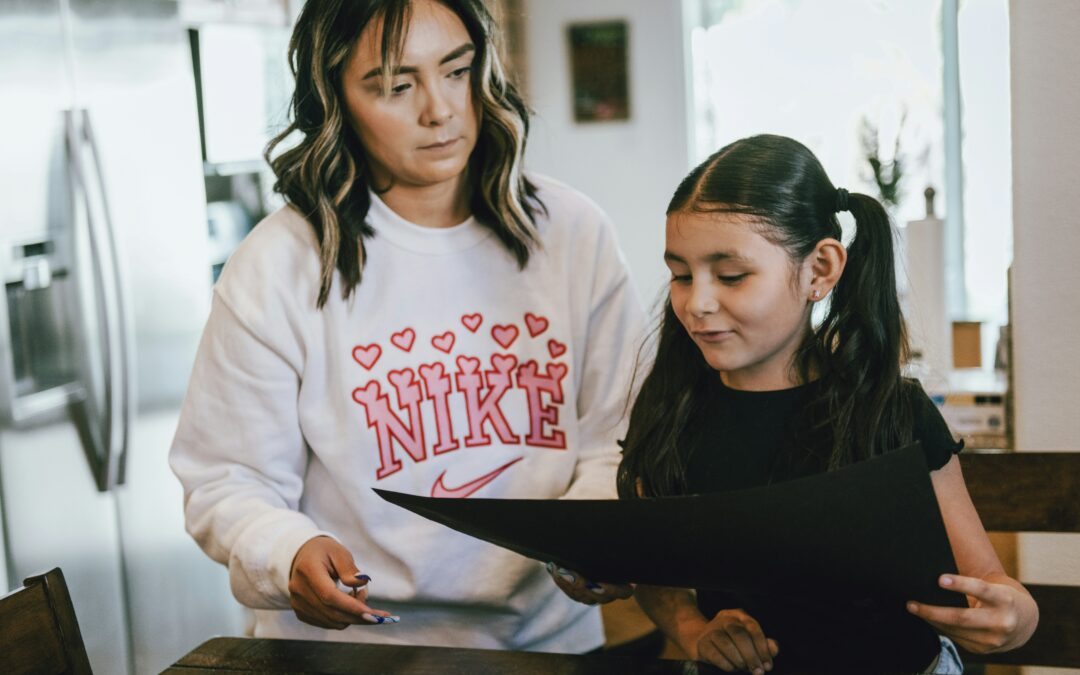Ever wonder how your little ones learn to handle those big emotions? It turns out, you’re their biggest teacher – whether you know it or not!
Kids are like emotional sponges, soaking up everything you say and do. So, the way you handle your own feelings can have a huge impact on how they navigate their own emotional world.
Why Does Emotional Role Modeling Matter?
Think of emotions like a new language your child is learning. Just like you wouldn’t expect them to become fluent in Spanish overnight, learning to understand and manage emotions takes time and practice.
By showing them healthy ways to deal with their feelings, you’re setting them up for success in life.
Demonstrating how you handle your own emotions shows your children how to navigate their own emotions and relationships effectively.
Being able to express your feelings openly and constructively shows your children that it is okay to feel emotions and that it is important to address them in a healthy manner.
Becoming An Emotional Role Model (It’s Easier Than You Think!)
Here are some powerful tips to help you be the emotional role model your child needs:
- Label It! Help your child identify their emotions by putting words to them. “Are you feeling frustrated because you can’t reach that toy?” This helps them understand what’s going on inside.
- It’s Okay to Not Be Okay: We all get grumpy, frustrated, or sad sometimes. Let your child know that all emotions are valid, and it’s okay to feel them. Children learn by example, so showing them how to stay positive, problem-solve, and persevere in the face of difficulties helps them develop these skills.
- Show, Don’t Just Tell: Kids learn best by example. If you’re feeling stressed, take a few deep breaths or talk to your partner about what’s bothering you. They’ll see healthy coping mechanisms in action. Talk about how you are handling stress at work or conflicts in relationships. You give your kids a valuable lesson in emotional strength and adaptability when you show them this side of yourself.
- Snuggle Power! Physical affection is a great way to comfort your child and let them know they’re safe. A big hug can go a long way in calming those big emotions.
- Words Matter: Instead of saying “Don’t cry,” try “I see you’re feeling sad. Let’s talk about it.” This validates their emotions and shows you’re there to listen.

Practice Over Perfectionism
Remember: You’re not aiming for perfection here. There will be meltdowns (from both you and your child!), and that’s okay. The important thing is to be patient, understanding, and show your little one how to navigate those tricky emotions in a healthy way.
Bonus Tip: Feeling overwhelmed? Take some time for yourself to recharge. A happy, balanced parent is better equipped to be an emotional role model for their child. You have the mental clarity to work through how you feel and process your emotions in healthy ways.
With a little practice, you can become the emotional role model your child needs to thrive.




